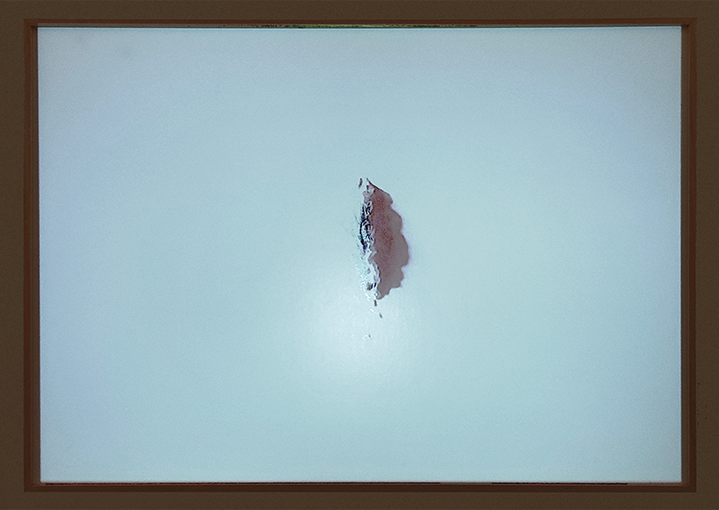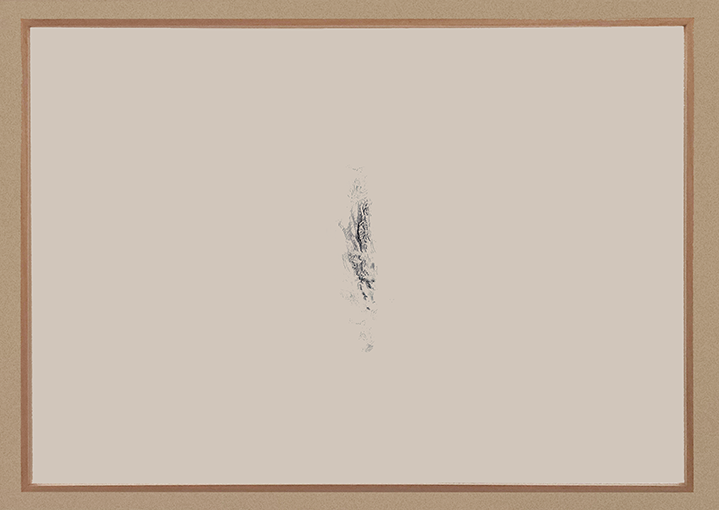CONFÍN, Guille Rodríguez (es)

Title of the artwork: Confín
Author: Guille Rodríguez
Date: 2021
Keywords: Mapping – Installation – Landscape – Map – Border – Border – Data – Constructo – Border – Video – Antarctica – Terrotory
Media: Digital Image – Video – Installation – Mapping
Reference source:
https://drive.google.com/file/d/1fN-ryQGDDMKITDd2I1dB3xOQRG9ITBqY/view
DESCRIPTION OF THE ARTWORK
‘Confín’ is an installation consisting of a Video Mapping projected on a digital print on 310 g/㎡ satin Canson Baryta paper. The print is a minimalist digital reconstruction of the Vinson Massif (Antarctica), on which a 3D rendering is projected that simulates a day/night cycle and gives volume to the work through the shadows projected from the orography of the massif itself, providing all the information absent in the print.
REFLEXIONES DEL AUTOR SOBRE LA OBRA
The work was born under the idea of representing an invisible border. The Vinson Massif itself, acts in a natural way to an artificial border made with square and bevel that crosses it. The same happens with borders such as the Atlantic Ocean or the Sahara desert, which do not need to be physically delimited, since the difficulty of transit in the territory itself is already sufficiently dissuasive for few dare to cross from one country to another, it seems to me that the physicality of the same, just ridiculing the line-construction that man marks on his map.
Using the RenderDocs data debugger, the orographic data of this natural border was compiled, which divides the fraction of Antarctic territory belonging to Chile from the portion called “unclaimed territory”, protected by the Atlantic Treaty, which is considered as the only stateless extension of the earth (not submarine).
On the other hand, even with this political context as a trigger, the primary focus of the work was sensitive and visceral. This is where the technical aspects gained a great deal of importance. The choice of the material for the exhibition took a long time. The paper chosen was for its special satin finish and the way in which it reflected the light, since with so much white on the canvas, I wanted the reflection to dazzle like the snow on the sun it represented. On the other hand, in the projection, and in order to achieve the effect of verisimilitude in miniature, it was decided that the only thing projected were pure whites on the paper, leaving the blacks relegated to their real function, that of the shadows projected on the natural scenery itself, thus achieving a contrast between the satin brightness and the opaque, matte darkness of the shadows that gave volume to this mountain range.
Finally, the audio, which emulates the sound of the wind, but whose elaboration is the conversion to audio (and subsequent mastering) of the data of tectonic movements in Antarctica during the period of one day.

